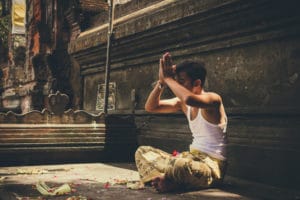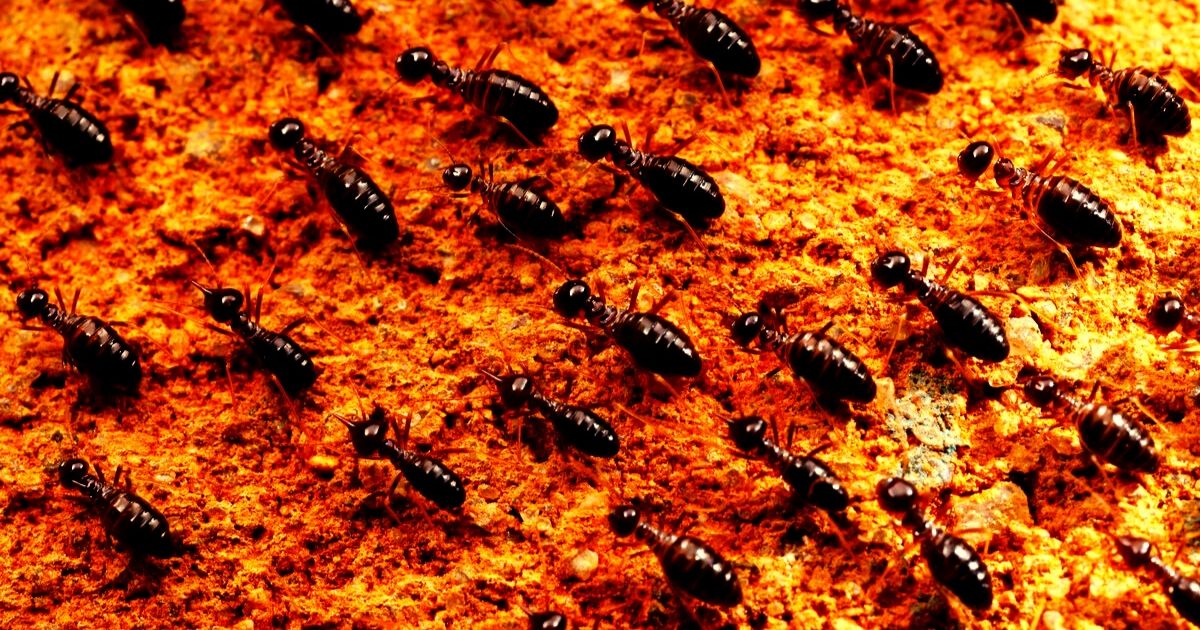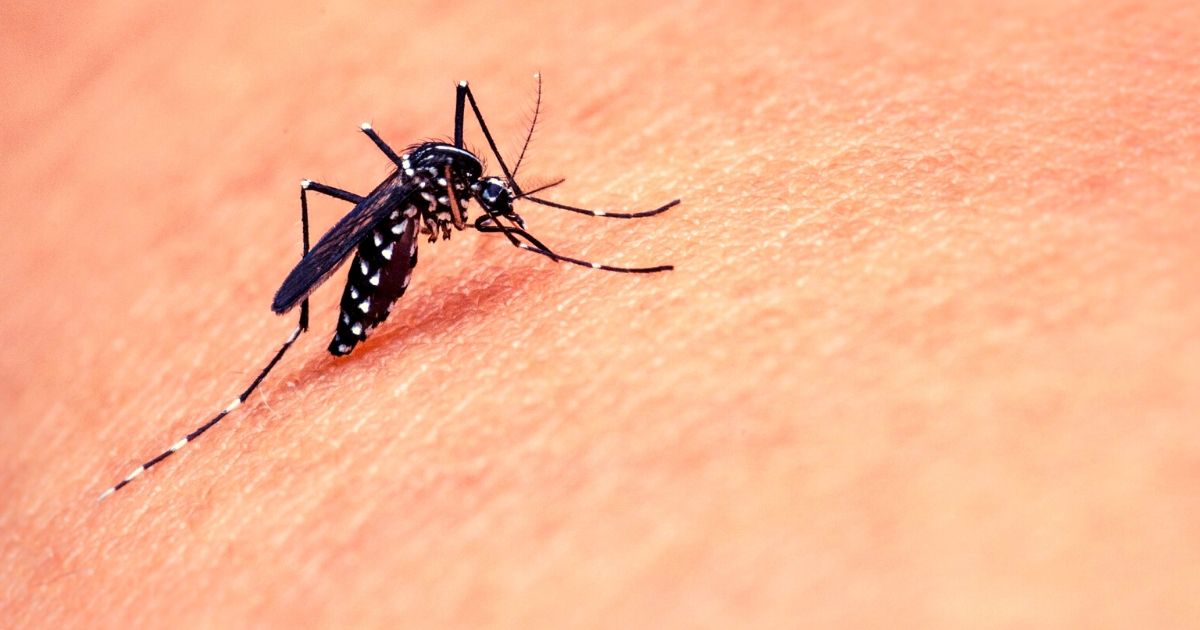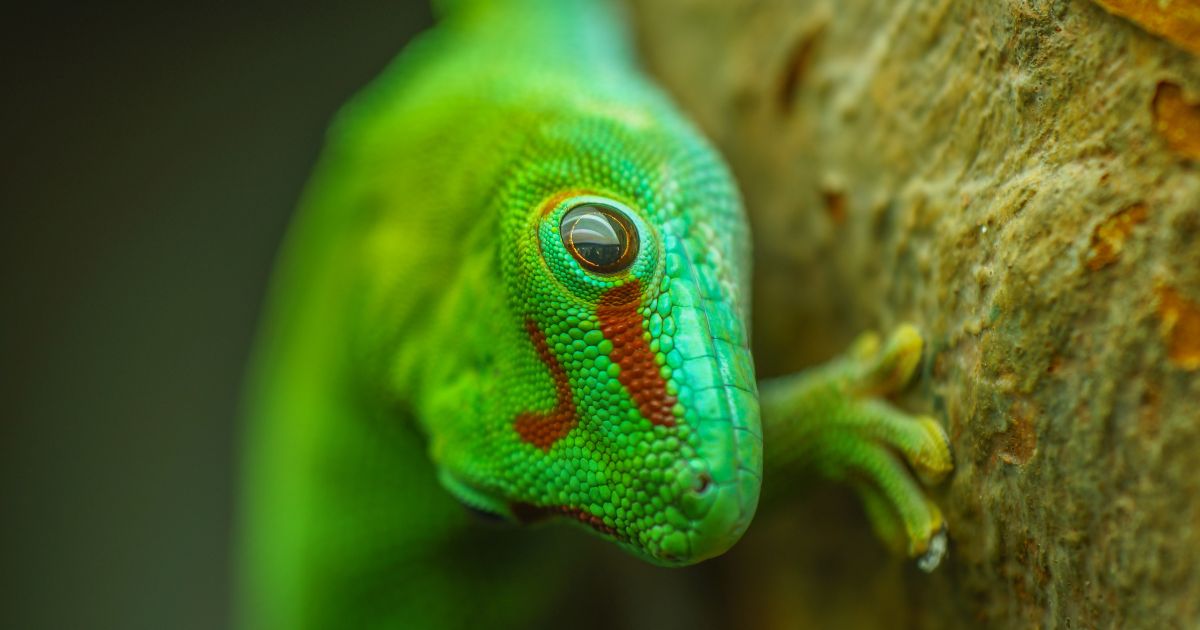Famous Buildings With Pest Control Problems
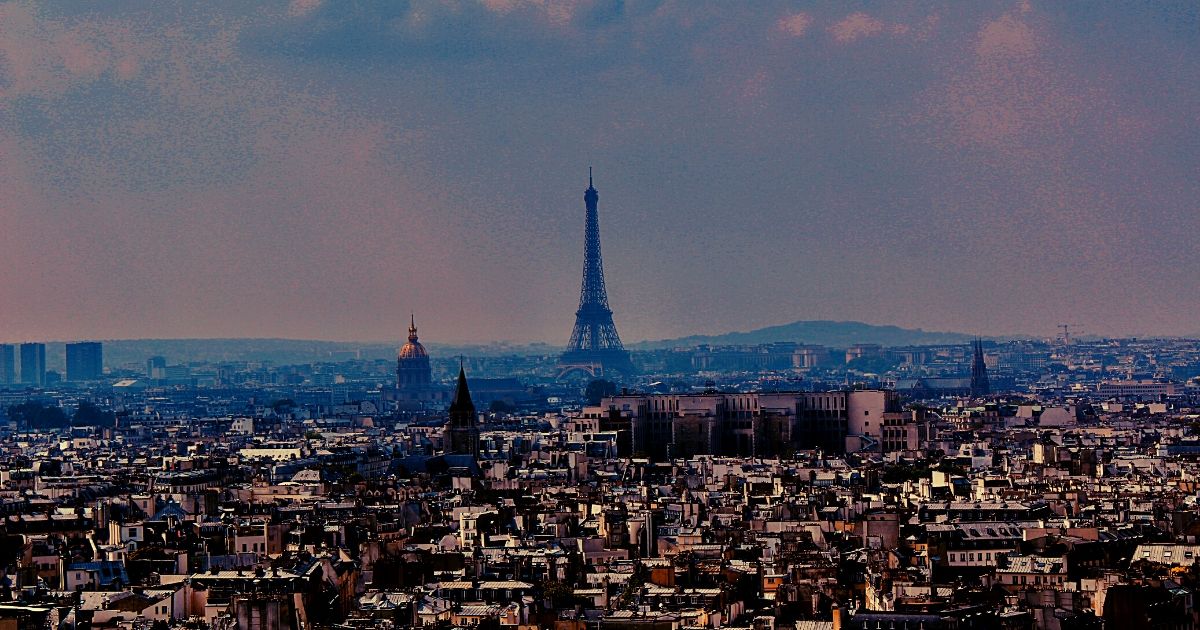
Not even famous places are safe from pests. Sometimes creatures typically considered a nuisance are invited into the space. More often than not, though, pests invite themselves. Recent developments in environments across the globe make the areas where famous buildings are located more attractive to pests by providing resources and shelter.
Climate change is a large culprit because some regions have become warmer and more humid, providing ideal conditions for invasive insects.
Below are some of the most famous buildings around the world and their struggles with pests.
Rat Worship
The prospect of 25,000 rats in a building is not an appetizing concept to many people, but that is the situation with the Karni Mata Temple in India. The temple was inspired by the story of Karni Mata, a man who was resurrected as a rat after drowning in a pool of water. People come from all across the country to feed and interact with the rats.
The few white rats who live on the property are considered exceptionally holy and lucky, and encountering one is thought to be a blessing.
The Karni Mata Temple is located in Deshnoke and hasn’t seen a decline in visitors since its creation, even during disease outbreaks. Indeed, many people visit the location to be healed of their ailments. The primary inhabitants are black rats, which are common throughout the world. These rodents are not to be harmed by visitors or locals, and are given everything they need to survive and thrive in their environment.
Want to find out about pest removal in Singapore?
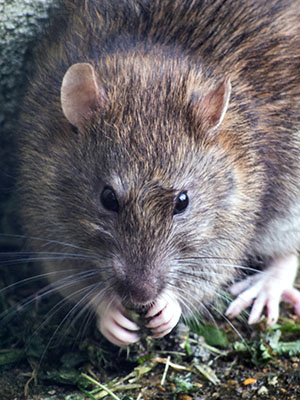
Tourist Traps
Unlike the Karni Mata Temple, there are many famous buildings where rats aren’t invited guests. The White House in the United States and the Eiffel Tower in France are two popular tourist destinations, significant cultural monuments, and two areas plagued by infestations of rats.
The White House is the presidential home for the U.S. and has recently filed hundreds of pest control requests to deal with a growing population of insects and rodents which have found their way into the stately manor.
Rats have been sighted in the kitchen, outside of politicians’ and officials’ offices, and even in the infamous Situation Room.
Meanwhile, the Eiffel Tower has been forced to close several times over the last two years as the city of Paris struggles to manage a growing rodent threat. Paris is a massive city which has struggled with rats for many centuries. Due to the large population and the number of tourists who visit each year, the environment features all of the conditions rats need to thrive.
The Eiffel Tower is a popular destination for rodents because people leave behind food and drinks while the buildings and sewer system in the surrounding area provide adequate shelter. The government has increased the number of pest management services available, but results have been limited.
Pro Fact: As global warming continues to develop, certain species are able to thrive in some regions.
Climate Change for Termites
Scientists have noticed the effects of climate change for several decades, including its effects on local pest populations.
As certain regions across the globe develop warmer, more humid climates, certain species are able to thrive.
In Korea, a shift in the standard temperature and humidity has resulted in the spread of termites. Termites only lived in a few areas of the peninsula, but they have now spread to almost every location. These pests create problems for numerous buildings, including ancient Korean temples constructed of wood.
Professionals discovered termite populations in several significant cultural locations like the Gyeongju Hyanggo. This temple is listed as one of South Korea’s cultural heritage sites and faces severe consequences if termite populations continue to grow.
Because many of the old temples are constructed entirely out of wood, termites can weaken the structure and possibly cause collapse. Pest control operatives trained dogs to recognize insect hormones and have been using them to regularly check the region for termites and other wood-dwelling insects. The Cultural Heritage Administration of Korea recognizes the termite problem and has dedicated increased time and resources to trying to preserve temples.
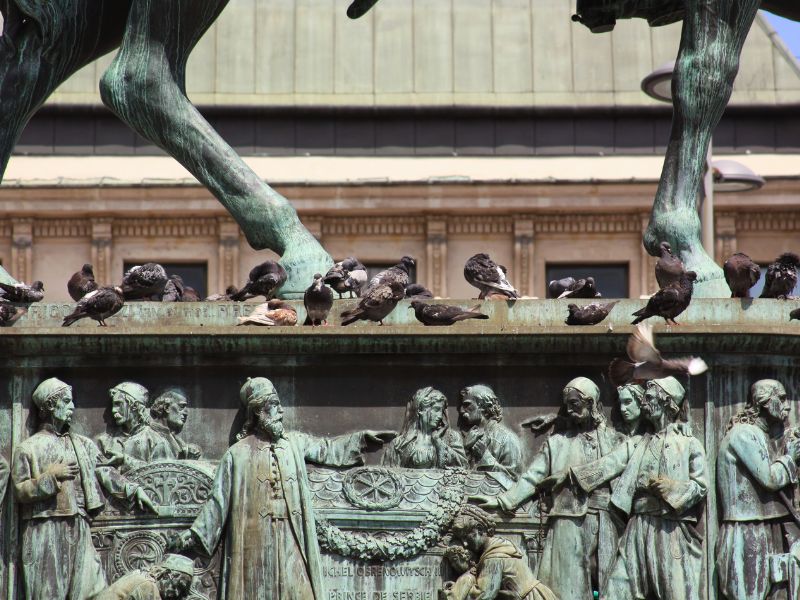
Bird Woes at Tourist Hotspots
Famous landmarks around the world suffer from unexpected challenges: pest problems associated with birds. Pigeons, seagulls, and other feathered inhabitants find refuge in the architectural wonders, leading to both aesthetic and structural concerns.
Taj Mahal is just one example. Pigeons are using its marble façade as a nesting site, which leads to gradual degradation of the marble’s surface. This highlighted the importance of pest control measures to preserve the historical monument.
Similarly, the Sydney Opera House in Australia has struggled with seagulls and other birds that perch and nest within the structure’s iconic curves. Bird droppings affect the visual appeal of the Opera House and make it look messy. To deal with this, the people in charge of the building have tried different things to stop birds from living there. They put up things to keep birds away and even used nets.
Despite being an iconic skyscraper, the Empire State Building has faced its share of pest control challenges, including issues with pigeons and rodents due to its urban location and food sources in the vicinity. To tackle this, the people in charge of the Empire State Building have been working with pest experts to figure out how to keep these unwanted visitors away. They’ve been sealing off places where pests might get in and using techniques to scare them off.
Art Against Uninvited Guests
Maintaining a museum as vast as the Louvre can be challenging, and pest control is one aspect of maintenance. The museum has dealt with issues such as rats and insects damaging artwork and the building itself.
Rats, cockroaches and ants, drawn by the proximity to urban sources of food, have posed a problem for the Louvre. Rats chewing on the wood and making homes in tight spots could hurt the building. While bugs like cockroaches and ants could damage the valuable art, either by direct contact or indirect damage.
To prevent damage, the museum regularly checks for signs of pests and sets traps to catch them. The museum also makes sure that places where pests could get in are closed off. By working with experts and being careful with chemicals, the Louvre takes important steps to protect its valuable collection and the building itself from unwanted visitors.

Pest Problem? Let Us Help.
We offer fast and effective precision treatments to eliminate pests while ensuring a safe environment for your home or business.

